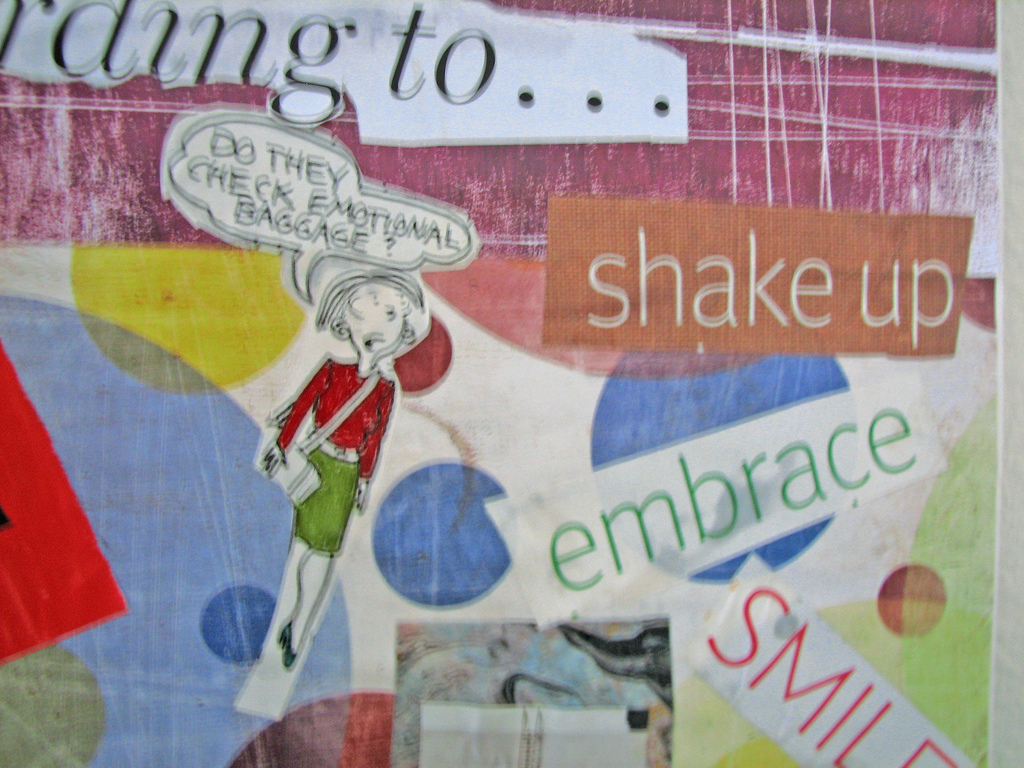Most people think of the workplace as an emotion-free zone. Dispassionate reason based on facts is supposed to rule supreme.
In fact, the workplace has as much emotion as the rest of human experience; we just suppress it at work.
And instead of going away, those emotions leak out in undesirable ways, from passive aggression, to hostility redirected in the home front, to stress and physical ailments.
Increasingly, research and experience are showing that acknowledging the emotional content of workplace relations and dealing with them in healthy, conscious ways makes for smoother work relations, happier workers and higher achievement.
Rather than deny the existence of emotions at work, more companies and leaders are valuing the practice of emotional intelligence in the workplace.
So once you recognize the reality of emotions at work, what do you do with them? Writing in the Harvard Business Review, Susan David and Christina Congleton lay out a brilliant strategy for the healthy handling of emotion in the workplace.
Their basic strategy: acknowledge and name your emotions; accept that you have them and then choose to act based on your values, not your emotional response.
To that, I’d add these moves:
- Know that you have five basic emotional states: fear, joy, anger, sadness and sexual feelings. Our other emotional states are mixtures of these (embarrassment is a combination of fear and sadness that we will be called out on something; excitement a mixture of joy and fear; envy is anger and sadness). Then practice just noticing and labeling these emotions in yourself.
- Get to know your physical cues for your emotions. A tightening feeling in your jaw could be your clue that you are angry about something. Butterflies in the stomach, a sign you are feeling fear, etc. Learning your own personal “tells” will help you recognize when emotions are welling up and starting to affect you.
- Recognize that you are not your emotions, and that you have a choice as to how long you feel them and how you let them affect your actions. It’s not accurate to say “I’m angry,” or “You make me angry.” We are not literally the emotion of anger, and someone else cannot cast a spell on us to turn us into anger. We are choosing to have the emotional experience of anger. Once we know it’s a choice, we can begin thinking about whether that is the experience we want.
Becoming emotionally intelligent allows us to choose our actions based on what we want, rather than our unacknowledged emotional states. That sounds like a big leap in workplace productivity.
Want to find out your Emotional Intelligence Quotient? Try this fun quiz.

No comments yet.